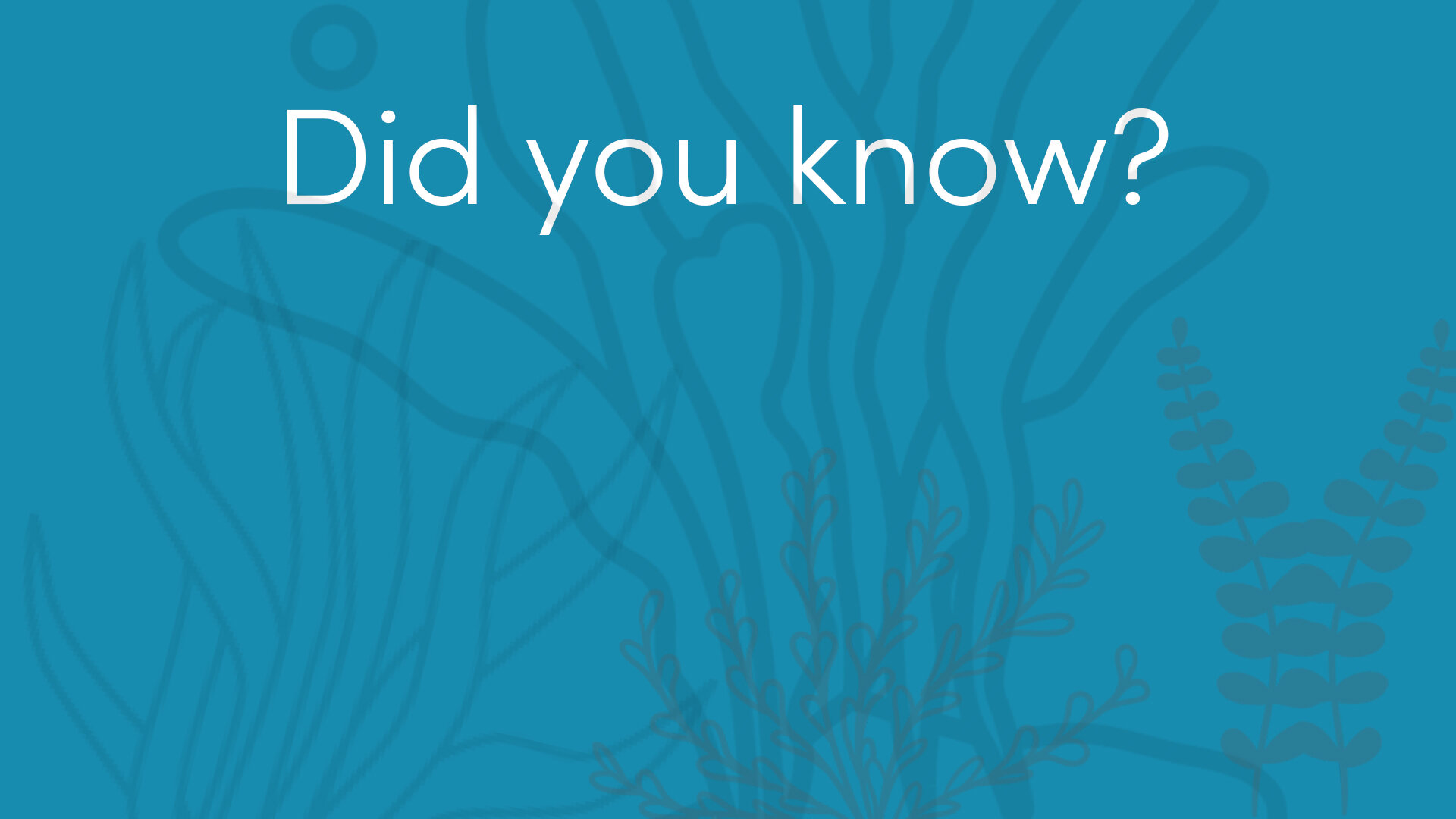bull kelp
Resilient Strongholds
Southern Bull Kelp (Durvillaea potatorum) thrives amidst the relentless tides and swells. Remarkably resilient, attaching to rocky reefs by a large disc-shaped holdfast, their dark brown leathery branches (thallus) can reach a lengths in excess of ten metres. Individual bull kelps can weigh up to 75kg!
Surf-Adapted Kelp
Growing in the southeast regions of the Great Southern Reef within environments characterised by high surge and surf. A cool water species, most of the southern bull kelp of the GSR is found in Victoria and Tasmania.
Graphic: iNaturalist observations of Southern Bull Kelp, which is endemic to southeast Australia.
Temperature-Tied Growth
These seaweeds grow smaller where summer water temperatures rise to 19°C, but grow best where the temperature does not rise above 15°C.
With our oceans warming and marine heatwaves becoming more frequent, scientists are cautiously monitoring southern bull kelp populations.
Kelp's Living Shelter
Southern Bull kelp forests become important nursery areas and sanctuaries for many species of fish, crustaceans, suspension feeders and other invertebrates, by providing shelter from predators and currents.
Nutritional powerhouse
Beyond its ecological value, Bull Kelp is a nutritional powerhouse. Bull Kelp is a good source of trace minerals that well-up from the bottom of the sea. It is harvested for use in medicine (it is particularly popular in natural medicines), as a fertiliser and as feed in aquaculture.
Potatorum: Drinkers' Kelp
First Nations Aboriginal people in Tasmania used dried Bull Kelp to transport water and food. The species name came from this use: potatorum means ‘of the drinkers’ in Latin.
Image: Water Carriers by Vicki West.
Watch a YouTube short listening to Vicki West speak about her artwork.
🍦 Bull Kelp is used to make ice-cream and toothpaste! It contains a useful chemical (Alginate) that can turn liquids into gel.
Kelp’s Daily Impact
Bull Kelp is rich in alginates, natural compounds found in brown seaweeds, which are extracted through a chemical process to produce a variety of alginate products.
These alginates are then transformed into over 300 different products. finding their way into our daily lives in forms that we eat, drink, wear, and use, making Bull Kelp an integral part of our everyday experiences.
Agricultural Boosts
Seaweed extracts from Southern Bull Kelp are increasingly recognised for their remarkable benefits as fertilisers in sustainable agriculture. These natural extracts are rich in essential nutrients, growth hormones, and trace elements, offering a holistic solution to enhance plant growth, yield, and resilience against environmental stressors.
Scientific research delves into these extracts' unique properties, uncovering their ability to improve soil health, enhance water retention, and boost plants' natural defence mechanisms against pests and diseases.
Seaweed's Fruitful Impact
In a fascinating 2023 study, Australian scientists have harnessed the potent biostimulant properties of southern bull kelp extracts to significantly enhance the growth and yield of economically important strawberry crops. This marine-derived elixir, steeped in the complex biochemistry of the sea, has been shown to activate reactive oxygen species (ROS) pathways within the plant roots, a critical step in priming the plants' innate defence mechanisms
Kelp-Boosted Resilience
As a result, strawberry plants treated with this seaweed extract not only exhibited an 8-10% increase in fruit yield but also demonstrated a robustness that speaks to the extract's role in stress resilience and plant vigor. This convergence of marine biology and agricultural science underscores once again, the untapped potential of seaweeds like Southern Bull kelp.














